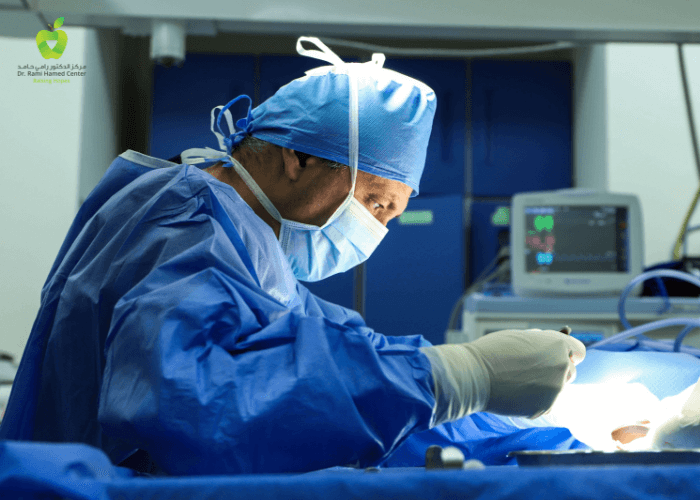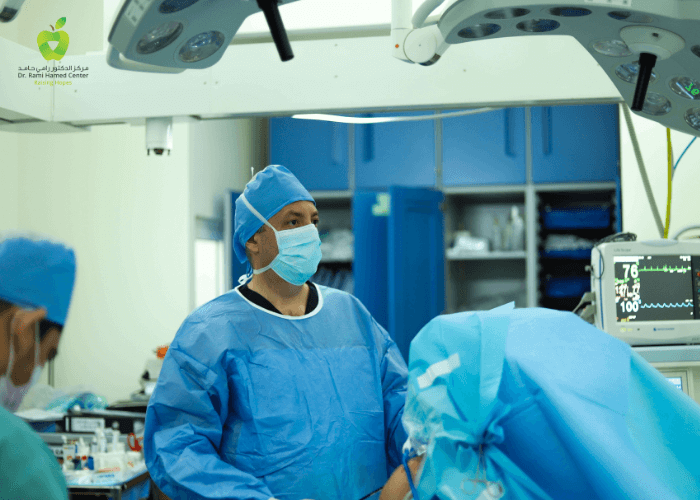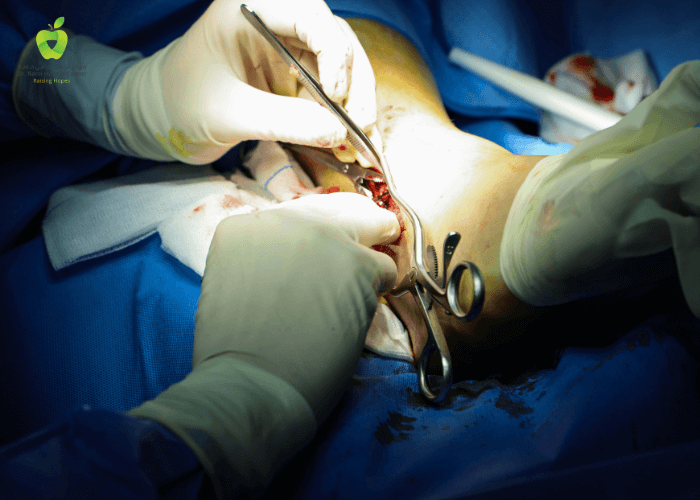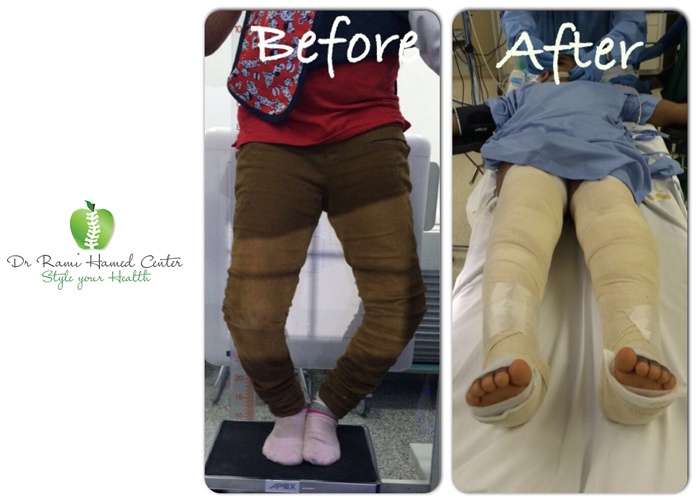Kohler's Disease at Foot and Ankle Clinic DRHC Dubai
Overview
Köhler's disease, also known as osteochondritis of the tarsal navicular bone, is a rare condition predominantly affecting children between the ages of 3 and 7, more commonly boys. This self-limiting disorder involves the temporary loss of blood supply to the tarsal navicular bone in the foot, leading to bone necrosis. At DRHC Dubai, our specialized team is dedicated to providing comprehensive care and effective treatment for children with Köhler's disease.
Symptoms of Kohler's Disease
- Pain and Tenderness: The primary symptom is pain and tenderness in the midfoot, often exacerbated by walking or standing.
- Swelling: Mild swelling over the affected area may be present.
- Limping: Children may develop a limp to avoid putting weight on the painful foot.
- Limited Range of Motion: There might be a reduction in the range of motion of the foot.
Causes of Kohler's Diseases
The exact cause of Köhler's disease remains unknown, but it is believed to result from repetitive trauma or excessive stress on the developing tarsal navicular bone, leading to disrupted blood supply.
Diagnosis of Kohler's Diseases
At DRHC Dubai, we employ a thorough diagnostic process to ensure accurate identification of Köhler's disease:
- Clinical Examination: Our specialists perform a detailed clinical examination to assess the symptoms and physical condition of the foot.
- Imaging: X-rays of the foot are used to identify characteristic signs of Köhler's disease, such as sclerosis and fragmentation of the navicular bone.
Treatment for Kohler's Disease
Our approach to treating Köhler's disease at DRHC Dubai focuses on relieving symptoms and promoting natural healing:
- Rest: Reducing activities that cause pain and avoiding weight-bearing activities are essential first steps.
- Immobilization: In some cases, a short period of immobilization using a cast or a splint may be recommended to reduce stress on the navicular bone.
- Pain Relief: Nonsteroidal anti-inflammatory drugs (NSAIDs) can help manage pain and inflammation effectively.
- Physical Therapy: Once pain subsides, our physical therapists guide patients through gentle exercises to restore normal function and strengthen the foot.
For Kohler's Disease, the choice between minimally invasive and open surgery depends on several factors, including the severity of the condition and the response to conservative treatments. Here's a detailed comparison of the surgical options available at DRHC Dubai:
Minimally Invasive Surgery
Minimally invasive surgical techniques for Kohler's Disease involve smaller incisions and specialized instruments to access and treat the affected navicular bone. This approach typically includes:
- Procedure: Small incisions are made near the affected area of the navicular bone.
- Treatment: The surgeon may perform procedures such as drilling (core decompression) to stimulate blood flow, or using bone grafts or synthetic materials to support bone healing.
- Benefits:
- Reduced risk of infection.
- Less tissue damage and scarring.
- Quicker recovery time compared to open surgery.
- Reduced post-operative pain.
Open Surgery
Open surgery for Kohler's Disease involves a larger incision to directly access and treat the navicular bone. This approach may be necessary for more severe cases or when conservative and minimally invasive treatments have been ineffective. Features of open surgery include:
- Procedure: A larger incision is made over the affected navicular bone, allowing direct visualization and correction of bone deformities.
- Treatment: The surgeon may perform procedures such as osteotomy (cutting and repositioning bones), bone grafting, or fixation with screws or plates.
- Benefits:
- Allows for more extensive correction of bone deformities.
- Effective for severe or rigid cases of Kohler's Disease.
- Provides direct access for precise surgical techniques.
Choosing the Right Approach
The choice between minimally invasive and open surgery for Kohler's Disease depends on factors such as:
- Severity of the Condition: Severe cases with significant bone deformities may require open surgery for comprehensive correction.
- Response to Conservative Treatments: If conservative measures such as rest, immobilization, and orthotics have not provided sufficient relief, surgical intervention may be considered.
- Patient’s Health and Preferences: The overall health of the patient and their preference for recovery time and potential scarring also play a role in deciding the surgical approach.
Expert Care at DRHC Dubai
At DRHC Dubai, our team of orthopedic specialists provides personalized treatment plans for Kohler's Disease, tailored to each patient's unique needs. Whether recommending minimally invasive techniques or open surgery, our goal is to achieve optimal outcomes and ensure a swift recovery for our patients.
.png?width=281&height=59&name=bookanappointment%20(1).png)
By offering a comprehensive range of treatment options, we ensure personalized care for each patient, addressing their unique needs and preferences. Experience compassionate and expert care for Kohler's Diseases at DRHC Dubai, where your foot health is our priority. Call +97142798200 to book your appointment now.



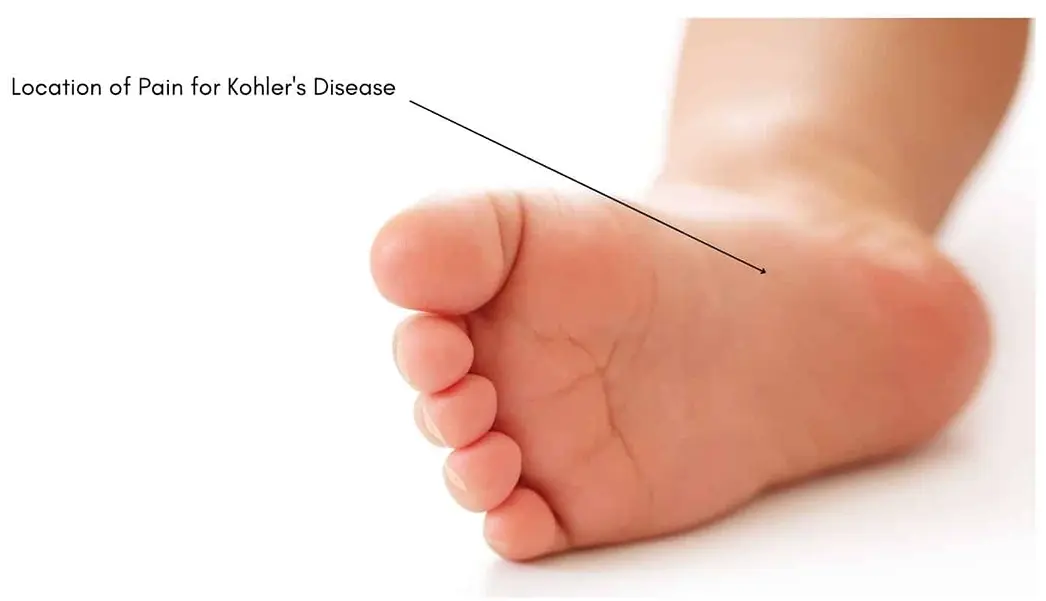
.png?width=281&height=59&name=bookanappointment%20(1).png)

